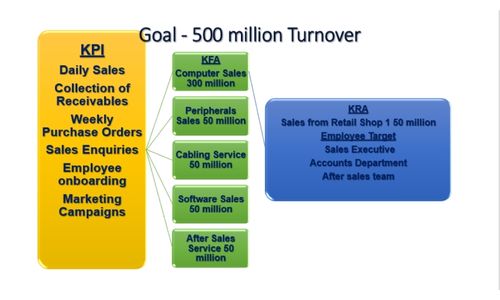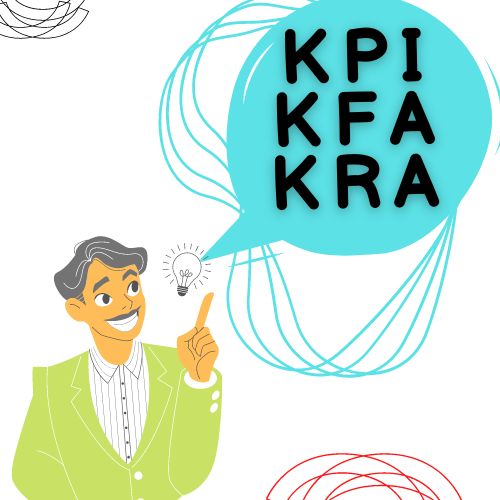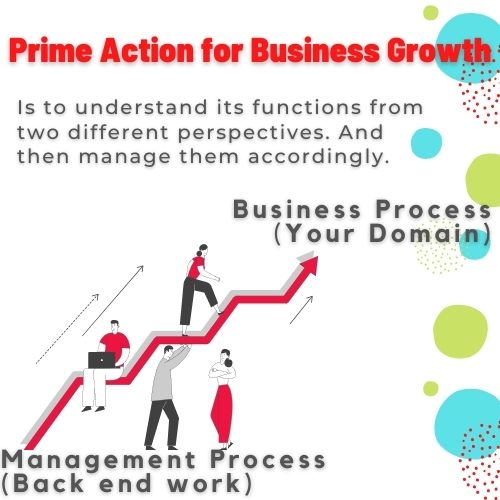This article describes the fifth step in the series of 10 essential steps in organizing your business. We started with business information gathering, leadership formation, mind mapping then 4th one that is setting organizational goals and targets
Once goals and targets are set, we need to split an allocate them to 3 layers of company operations. They are top, middle and bottom. It considers departments, business functions and employees as well. You call them collectively as performance parameters. In other words, summing up of performance parameters help you reach business goals.
This is measured in 3 levels.
KPI or Key Performance Indicators
Key Performance Indicators are the matrices used by top management to drive and control business. KPI show the direction and pace at which the company moves to the future goals. It gives signals and alert about the organizational health as well as operational efficiency.
KFA or Key Focus Area
Operational and functional managers work on these parameters. This is the stepdown level for KPI. Set of two or more KFAs lead towards the fulfilment of a KPI.
KRA or Key Result Area
KRAs are given to people below managerial level. Key Result Area is the stepdown for KFAs. Multiple KRAs form one KFA to be met.
Picture down below gives a snap of the parameters,

Whom to do this?
Your top management executive along with accounts and HR need to get this done. Assigning performance parameters ensure that all key areas are mapped, every employee knows about his deliverables and every operational team know the output to be produced.
How to use?
Every business leader keep a long list of goals they’d like to pursue. Obviously, there are differences in priority and timeframe. But depending on urgency or priority, each of us will or can focus on a very limited number of things. The significant ones become urgent and important as a result of urgency driving the important ones away.
Today you have a crucial customer meeting scheduled. Follow-up on previous receivables must be done in the meantime so that the bank can be paid within a couple days. You cannot combine the two. Naturally, payment follow up takes a day longer. You will be in a frenzy to receive the payment to honour your bank commitments within two days. Suppose, receivables collection is the responsibility of one of your employees (say it may be sales or accounts guy). He is not stuck with client meeting and his prime focus is on collection. By every day evening he needs to update you on the fund he has collected.
By setting parameters you are making people accountable for performance as well as making them authoritative.
Keep asking them about the progress on their respective areas. Sooner or later, they will run the show their own.
Success is not on setting parameters but how you align people to guide with self-discipline.


